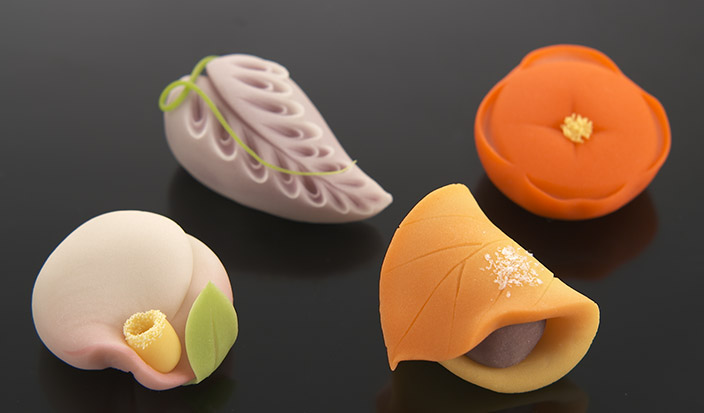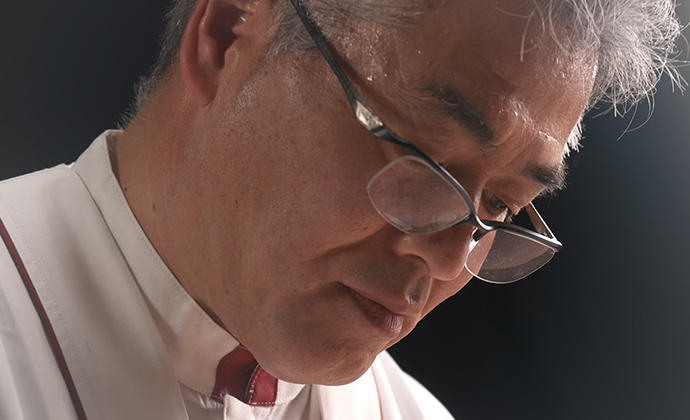
Seasonal sense of Wagashi
LEARN Learn the basics of Wagashi

Wagashi has been nurtured and developed along with the culture of Japanese daily life for over a millennium, and thus the Japanese way of living is strongly reflected in them.
Japan has four distinct seasons of spring, summer, autumn, and winter, and the seasonal sense is deeply rooted in Japanese lifestyle.
Therefore, various Wagashi are made according to the changing of the season.
For example, “Kashiwa mochi” is only sold in May and not in June. Thus, some Wagashi sold in shops should match the season.
Here, we would like to show you the Video introducing “Nerikiri” expressing the color and the shape of the four seasonal flowers (plum, hydrangea, autumn leaves, and camellia).

The person who is making the four seasonal sweets is Mr. Norio Kobayashi, qualified as “excellent Wagashi craftsman※2” in the Japan Wagashi Association※1.
※1 Japan Wagashi Association
Number of members amounts to 2000 companies. Founded in 1945, it is the only national organization on Wagashi business working for publicity, guidance, enlightenment, joint purchase, etc. for the purpose of the sound development of Wagashi business.
※2 Excellent Wagashi Craftsman
A certificate that the Japan Wagashi Association gives to outstanding Wagashi craftsmen. By certifying the craftsman’s technique according to the national unified standards, this certification system was implemented from 2007 in order to improve and hand down the Wagashi making technique.
Along with judging the three sets of sweets submitted by the craftsman, the true test of a craftsman’s skill is in producing, within a given time, 5 kinds of sweets chosen by the judges on the day of the exam. The exam is famous for its strict criteria, and as of 2020 only 138 out of 1200 applicants have been certified as “Excellent Wagashi Craftsman”.